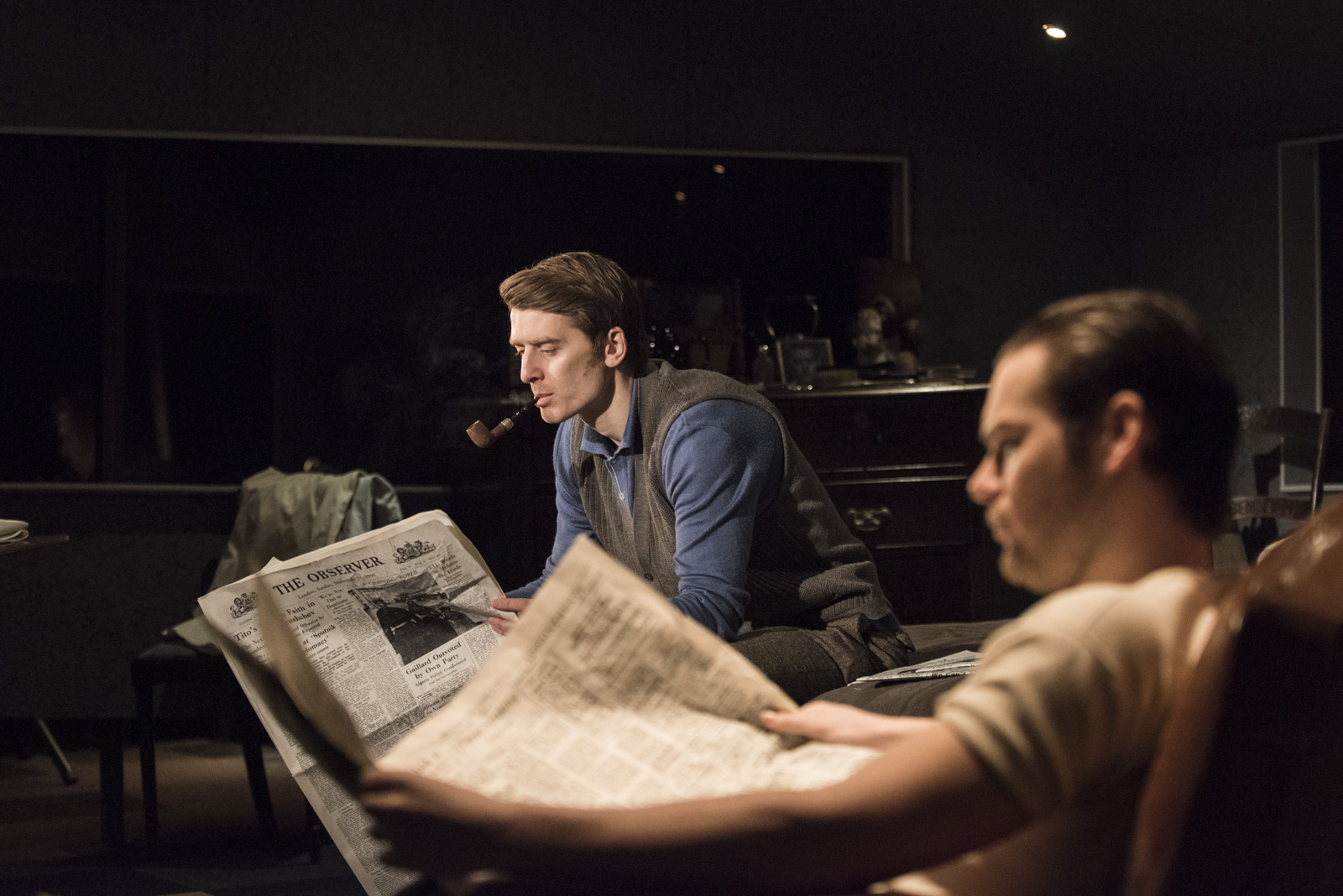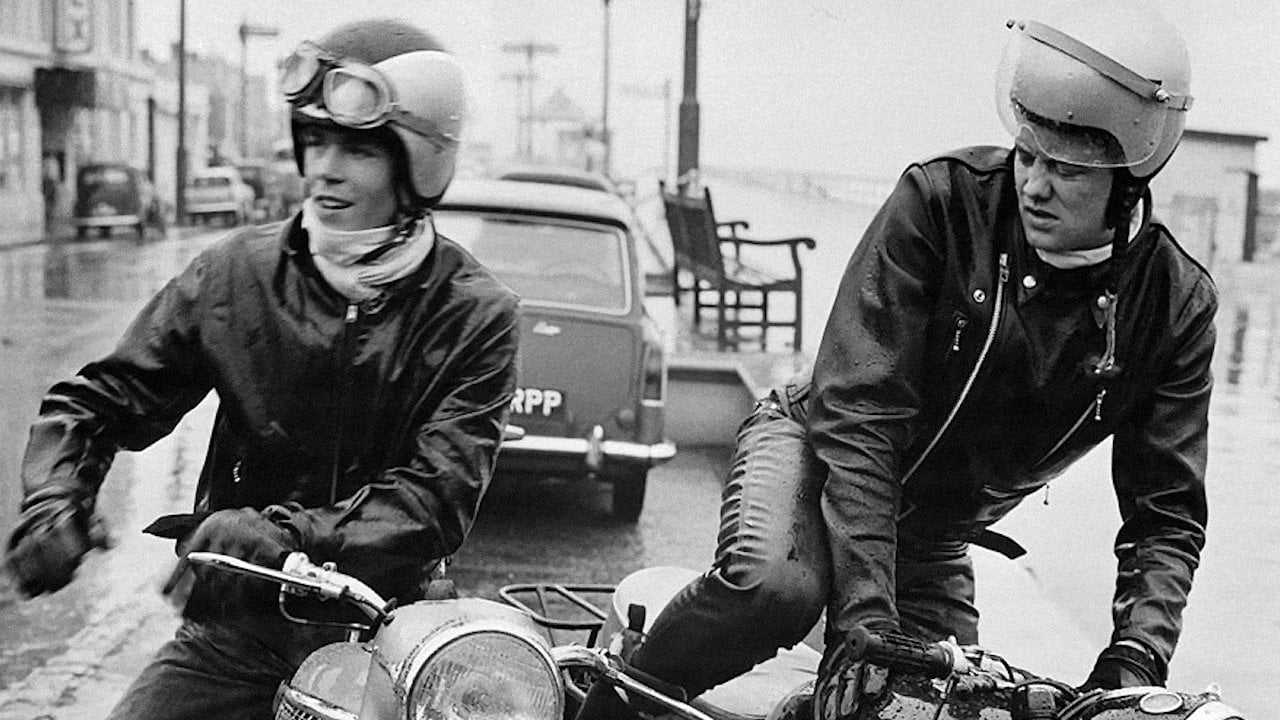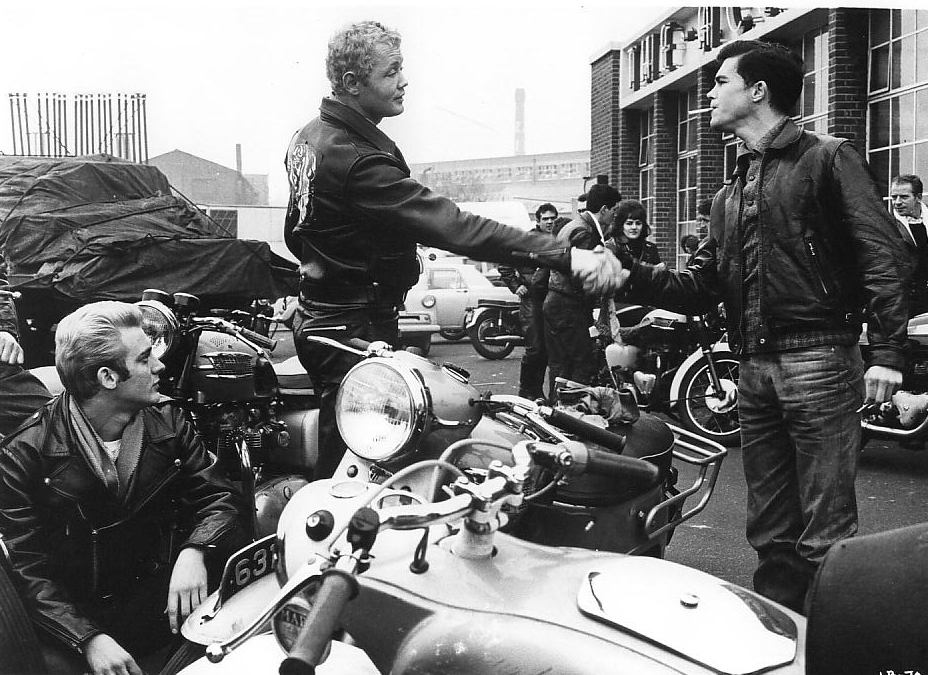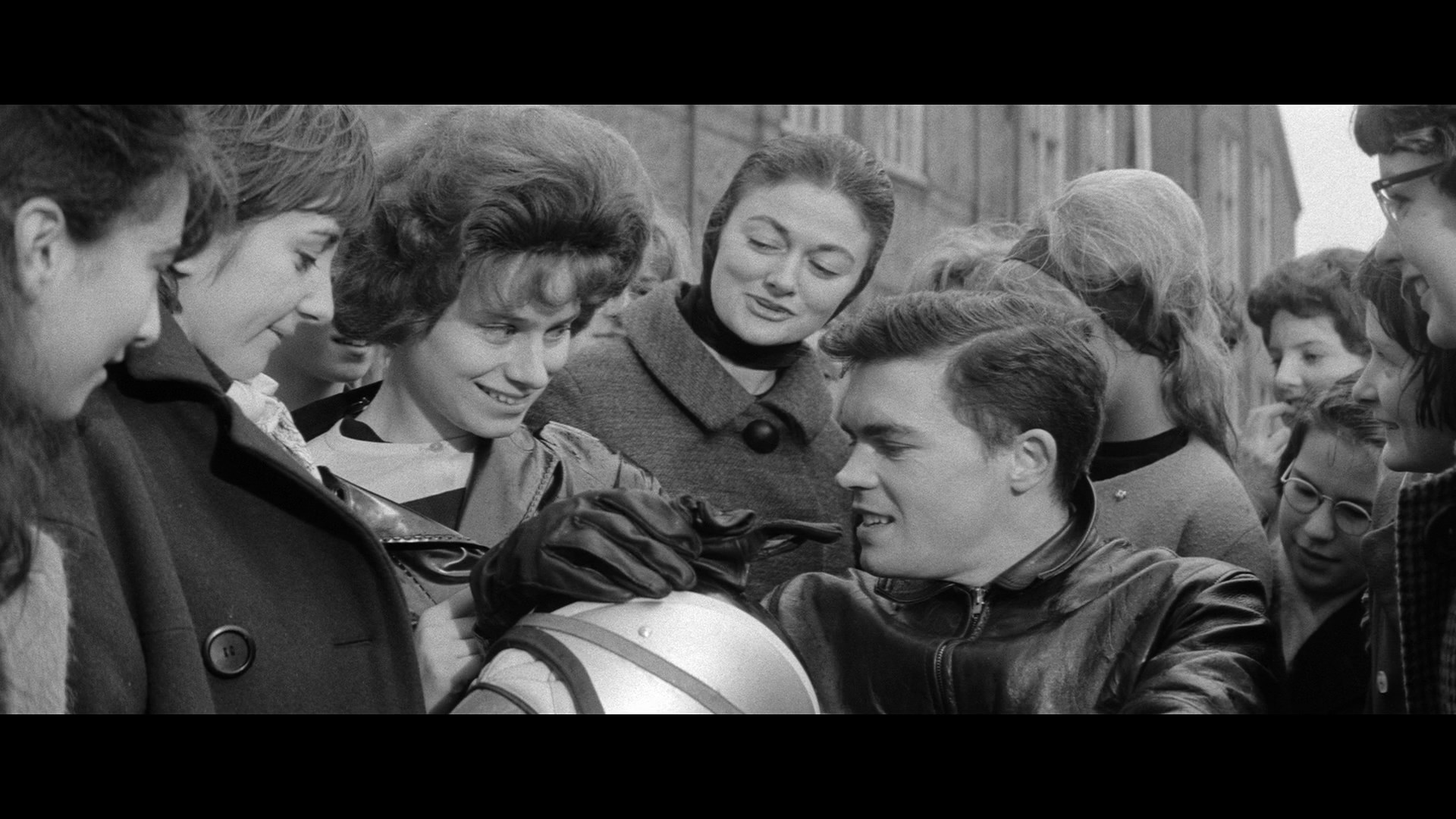A Taste of Honey is a 1961 kitchen sink film directed by Tony Richardson and based on the play of the same name by Shelagh Delaney. The film tells the story of a young girl named Jo, played by Rita Tushingham, who is left pregnant and alone after her irresponsible mother marries a new man and moves away. Jo must navigate her way through a harsh and unforgiving world, facing challenges of poverty, single motherhood, and societal expectations.
A Taste of Honey
Saturday Night and Sunday Morning is a 1960 film adapted from the novel by Alan Sillitoe. The film, directed by Karel Reisz, stars Albert Finney as Arthur Seaton, a rebellious young factory worker who spends his weekends drinking and having affairs with married women. The film is a gritty portrayal of working-class life in post-war Nottingham, and Finney's performance is often considered one of the best in British cinema.
Saturday Night and Sunday Morning
The Loneliness of the Long Distance Runner is a 1962 film directed by Tony Richardson and based on the short story by Alan Sillitoe. The film follows the story of Colin Smith, a rebellious young man who is sent to a juvenile detention center for robbing a bakery. While there, he discovers a talent for long distance running, but struggles with the conflicting expectations of his potential and his rebellious nature.
The Loneliness of the Long Distance Runner
This Sporting Life is a 1963 film directed by Lindsay Anderson and based on the novel by David Storey. The film tells the story of a rugby player named Frank Machin, played by Richard Harris, who rises to fame and fortune but struggles to find true happiness and fulfillment in his personal life. The film is a powerful examination of class, masculinity, and the pursuit of success.
This Sporting Life
Room at the Top is a 1959 film adapted from the novel by John Braine. The film, directed by Jack Clayton, stars Laurence Harvey as Joe Lampton, a young man from a working-class background who is determined to climb the social ladder and achieve success at any cost. Along the way, he becomes involved in a complicated love triangle that ultimately leads to his downfall.
Room at the Top
Look Back in Anger is a 1959 film adapted from the play by John Osborne. The film, directed by Tony Richardson, stars Richard Burton as Jimmy Porter, a young man living in a cramped apartment with his wife Alison and her best friend Helena. Jimmy is filled with anger and resentment towards society and his stagnant life, and the film is a brutal examination of class and relationships in post-war Britain.
Look Back in Anger
The Entertainer is a 1960 film adapted from the play by John Osborne. The film, directed by Tony Richardson, stars Laurence Olivier as Archie Rice, a fading music hall performer struggling to stay relevant in a changing world. The film is a powerful commentary on the decline of British entertainment and the desperation of those trying to hold onto their place in society.
The Entertainer
The L-Shaped Room is a 1962 film adapted from the novel by Lynne Reid Banks. The film, directed by Bryan Forbes, tells the story of Jane, a young single woman who moves into a rundown boarding house in London and becomes pregnant. The film is a poignant and honest portrayal of the struggles faced by unmarried women in the 1960s and the societal pressures placed upon them.
The L-Shaped Room
The Leather Boys is a 1964 film adapted from the novel by Gillian Freeman. The film, directed by Sidney J. Furie, follows the story of a young couple, Reggie and Dot, who get married at a young age and must navigate the challenges of adulthood and marriage in a society that doesn't understand them. The film is a groundbreaking depiction of homosexuality in British cinema and has become a cult classic.
The Leather Boys
The Knack...and How to Get It is a 1965 film directed by Richard Lester and based on the play by Ann Jellicoe. The film tells the story of a young schoolteacher, Colin, who is determined to have sex with his beautiful but naïve roommate, Nancy. Along the way, they encounter a strange and eccentric man named Tolen, who claims to have "the knack" for attracting women. The film is a quirky and humorous take on sexual politics and the changing attitudes towards relationships in the 1960s.
The Knack...and How to Get It
Kitchen Sink Films: A Unique Genre in British Cinema

Exploring the Realism and Social Commentary of "Kitchen Sink" Films
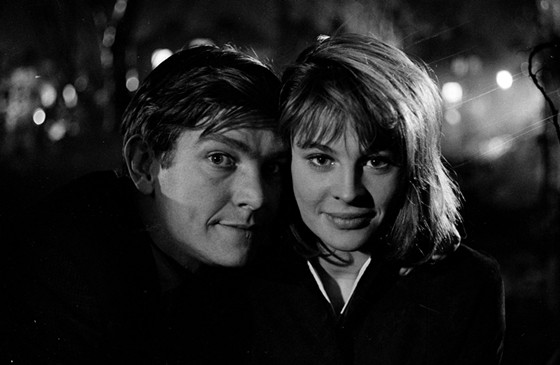 British cinema has a long history of producing thought-provoking and influential films that capture the essence of daily life and societal issues. One such genre that emerged in the 1950s and 1960s is the "Kitchen Sink" film, also known as the British New Wave. These films focused on portraying the working-class life and the struggles of ordinary people in a realistic and raw manner.
The term "Kitchen Sink" was derived from the phrase "everything but the kitchen sink," which signifies the inclusion of all elements of daily life in these films. From poverty and unemployment to domestic violence and teenage rebellion, these movies shed light on the harsh realities of post-war Britain. They were often shot in gritty black and white, adding to the authenticity of the stories being told.
Listen to Britain
, released in 1942, is considered to be one of the earliest examples of a Kitchen Sink film. Directed by Humphrey Jennings and Stewart McAllister, this documentary captured the everyday lives of British citizens during World War II. It showcased the struggles and resilience of the people, providing a much-needed escape from the propaganda films being produced at the time.
The Kitchen Sink genre gained popularity in the 1950s and 1960s with films like
Kitchen Sink
(1959),
Room at the Top
(1959), and
A Taste of Honey
(1961). These films tackled taboo subjects such as abortion, interracial relationships, and homosexuality, which were not commonly portrayed on screen at the time. They also launched the careers of renowned actors and actresses like Richard Burton, Albert Finney, and Rita Tushingham.
House design
was a crucial aspect of Kitchen Sink films, as the characters' homes often served as a reflection of their social status and struggles. These films depicted the stark contrast between the working-class and middle-class lifestyles, with dilapidated and cramped living spaces symbolizing the former.
In conclusion, Kitchen Sink films were a significant contribution to British cinema, showcasing the realities of working-class life and providing a voice to the marginalized. They continue to influence filmmakers and audiences today, reminding us of the power of cinema to bring attention to pertinent social issues.
British cinema has a long history of producing thought-provoking and influential films that capture the essence of daily life and societal issues. One such genre that emerged in the 1950s and 1960s is the "Kitchen Sink" film, also known as the British New Wave. These films focused on portraying the working-class life and the struggles of ordinary people in a realistic and raw manner.
The term "Kitchen Sink" was derived from the phrase "everything but the kitchen sink," which signifies the inclusion of all elements of daily life in these films. From poverty and unemployment to domestic violence and teenage rebellion, these movies shed light on the harsh realities of post-war Britain. They were often shot in gritty black and white, adding to the authenticity of the stories being told.
Listen to Britain
, released in 1942, is considered to be one of the earliest examples of a Kitchen Sink film. Directed by Humphrey Jennings and Stewart McAllister, this documentary captured the everyday lives of British citizens during World War II. It showcased the struggles and resilience of the people, providing a much-needed escape from the propaganda films being produced at the time.
The Kitchen Sink genre gained popularity in the 1950s and 1960s with films like
Kitchen Sink
(1959),
Room at the Top
(1959), and
A Taste of Honey
(1961). These films tackled taboo subjects such as abortion, interracial relationships, and homosexuality, which were not commonly portrayed on screen at the time. They also launched the careers of renowned actors and actresses like Richard Burton, Albert Finney, and Rita Tushingham.
House design
was a crucial aspect of Kitchen Sink films, as the characters' homes often served as a reflection of their social status and struggles. These films depicted the stark contrast between the working-class and middle-class lifestyles, with dilapidated and cramped living spaces symbolizing the former.
In conclusion, Kitchen Sink films were a significant contribution to British cinema, showcasing the realities of working-class life and providing a voice to the marginalized. They continue to influence filmmakers and audiences today, reminding us of the power of cinema to bring attention to pertinent social issues.



















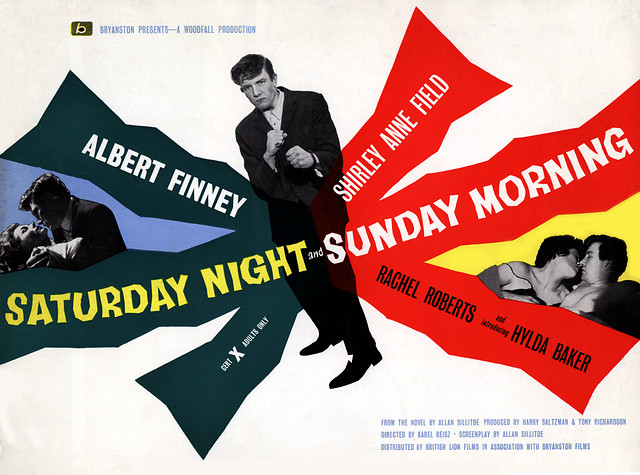
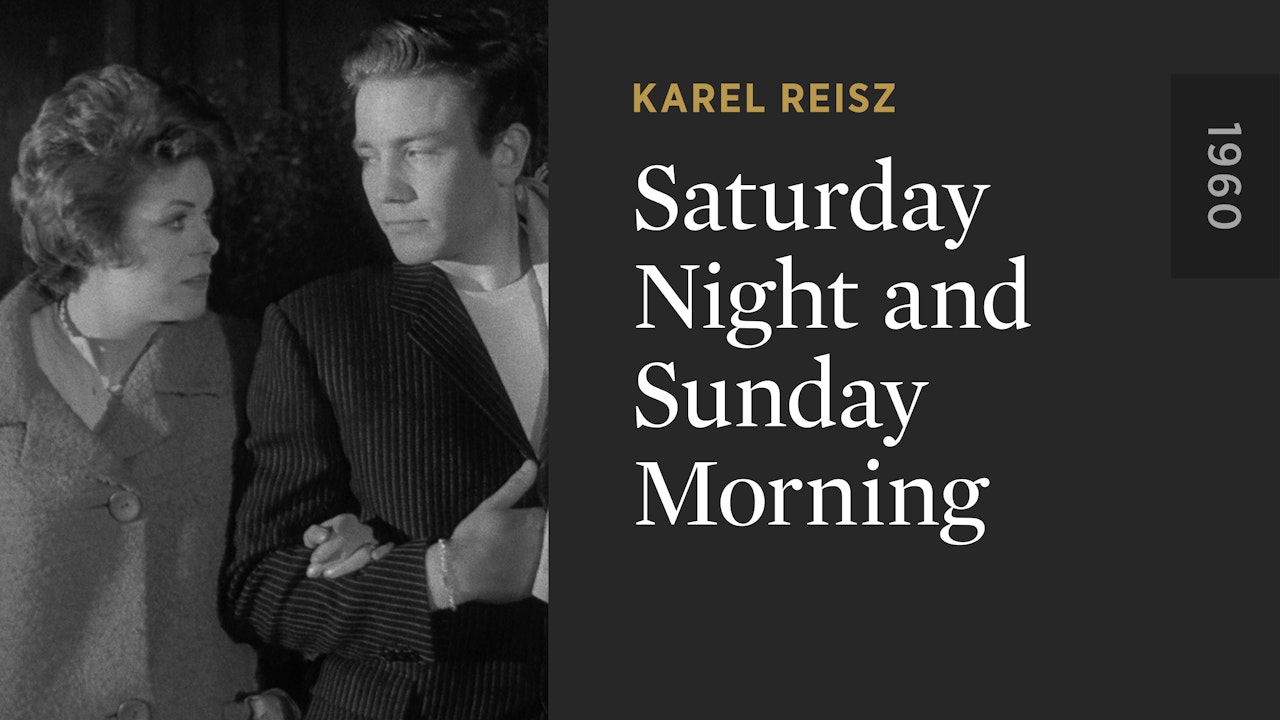































:max_bytes(150000):strip_icc()/Chuck-Schmidt-Getty-Images-56a5ae785f9b58b7d0ddfaf8.jpg)















